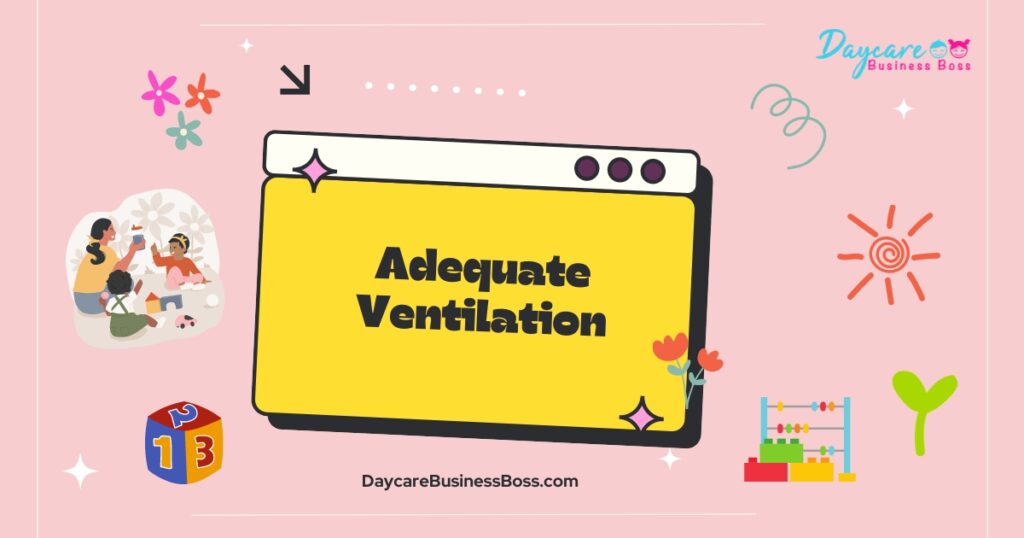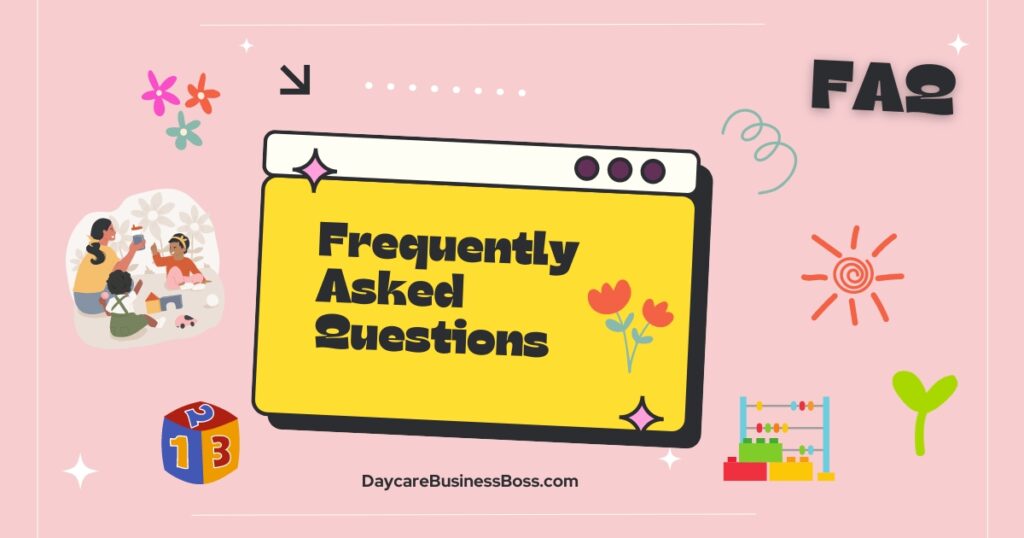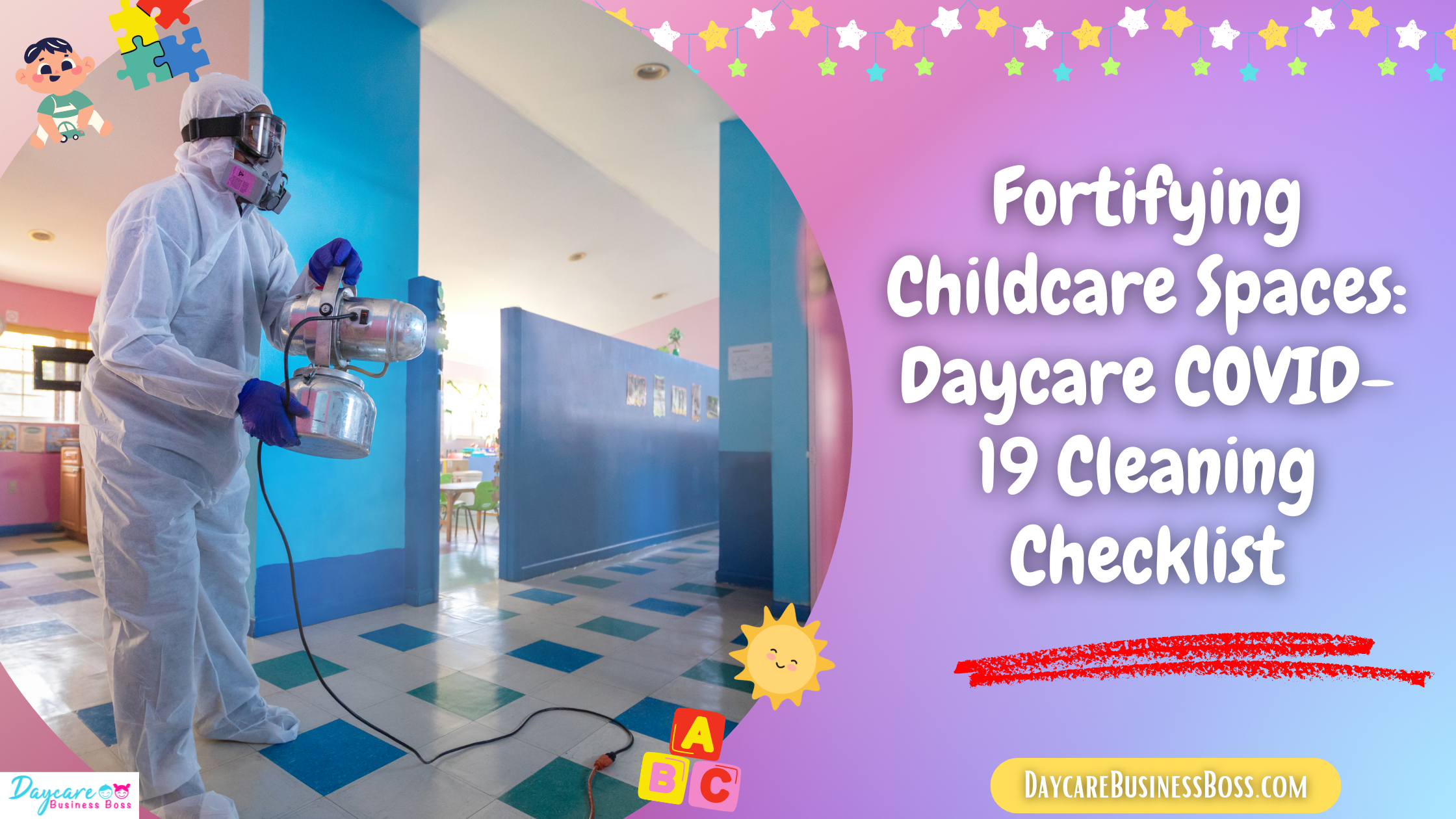Since the development of the COVID-19 epidemic, the world’s landscape has changed considerably, altering the way we approach ordinary activities. Among the several industries dealing with the pandemic’s issues, childcare facilities have emerged as particularly vulnerable locations. Daycare centers, where children learn, play, and socialize, have had to change quickly to maintain the safety and well-being of both the children and the dedicated staff.
The best way to ensure safety is for you to follow a daycare COVID-19 cleaning checklist that includes regular disinfection of surfaces, frequent handwashing for staff and children, adequate ventilation, distancing when possible, and isolation of sick individuals.
This article looks into the relevance of this complete cleaning checklist, examining how its components contribute to creating a safe atmosphere for our most prized possessions. Understanding and applying these protocols as we navigate these uncharted waters is not only a requirement but also a commitment to fostering a healthier future for our children.
Regular Disinfection of Surfaces
In the middle of the global epidemic, the importance of thorough and consistent surface disinfection has emerged as a vital step to halt the inexorable spread of COVID-19. In this struggle against an invisible foe, thorough cleaning of regularly touched surfaces has grown into a critical public health safeguard. Recognizing that germs can hide on routinely touched surfaces such as doorknobs, toys, tables, and bathroom fixtures has resulted in the development of severe standards for their regular cleansing using EPA-approved disinfectants.
Thorough disinfection of high-touch surfaces is not just a precaution, but a critical approach for preventing virus transmission. The possibility for direct or indirect contact transmission is considerably decreased by thoroughly removing virus particles that may persist on these surfaces. To achieve this level of performance, however, more than infrequent cleaning is required. Consistency is essential. A haphazard approach to surface cleaning may allow viral persistence and recurrence, compromising efforts to limit the virus.
Implementing a well-structured cleaning and disinfection routine is critical. A routine like this not only improves process efficiency but also assures that no region is overlooked accidentally. The methodical approach reduces human errors caused by disregarding high-risk surfaces. Setting regular disinfection intervals effectively reduces the likelihood of viral contamination, offering an additional layer of defense against virus spread.
Businesses, households, and public spaces gain control over their environments as a result of these actions, reducing the potential for COVID-19 to develop. This strategy permits everyone to actively contribute to the collective objective of limiting the virus’s spread. People can make their surroundings and themselves safer by incorporating disinfection into their regular practices.
Read more about: Every Detail Counts: Your Child’s Safety in the Home Daycare Inspection Checklist
Frequent Handwashing for Staff and Children
Hand hygiene is a cornerstone in the intricate web of virus transmission prevention, exerting a significant influence in preventing the spread of contagious infections. In a world coping with the challenges posed by viruses such as the elusive COVID-19, preaching and practicing strict hand hygiene has emerged as a vital shield against the invisible menace. This critical tactic is especially important in places where people congregate, such as schools, where both staff and students should be trained and encouraged to adopt hand cleanliness as an important protection mechanism.
A determined attempt to instill the habit of regular handwashing is critical. Handwashing is especially important in settings where respiratory droplets may mistakenly land on surfaces and then on one’s hands. Individuals should be reminded to wash their hands frequently, especially after coughing, sneezing, using the restroom, and before eating. This proactive strategy not only reduces the potential spread of viral agents but also raises personal hygiene awareness.
The complexities of good handwashing necessitate close attention. Beyond a quick rinse, hand washing should include several critical stages. The basic rule is to wash your hands with soap and water for at least 20 seconds. This time allows for a thorough washing that targets virus particles that may be lurking on the skin’s surface. Individuals can make a significant contribution to protecting their own and others’ health in these seconds.
However, because optimum conditions are not always possible, an alternative is available: alcohol-based hand sanitizers. When soap and water are not readily available, these sanitizers might serve as a temporary alternative. It is critical to choose sanitizers with at least 60% alcohol content to ensure their efficacy in eliminating potential microorganisms. While hand sanitizers should not be used in place of handwashing, they are an efficient way to maintain hand cleanliness in the absence of a suitable handwashing facility.
Adequate Ventilation

In the face of the ongoing threat posed by airborne viruses, adequate ventilation has emerged as a critical aspect of protecting indoor spaces. This is especially important in childcare centers, where the well-being of both children and staff is dependent on providing an environment that reduces the concentration of potentially hazardous germs. As the world battles viruses like COVID-19, the need for preventative measures like improving HVAC systems and permitting regular fresh air exchange cannot be emphasized.
Daycare centers, with their busy activities and close interactions, necessitate a careful approach to ventilation. The heart of this effort is to ensure that HVAC (Heating, Ventilation, and Air Conditioning) systems are running at top efficiency. These systems are more than just temperature control devices; they also play an important role in air quality regulation. Daycare centers may guarantee that the air circulating indoors is filtered and cleansed by properly maintaining and servicing HVAC systems, reducing the potential for virus particles to persist and multiply.
The emphasis on ventilation, however, goes beyond the sphere of technology. Even the smallest actions can have a significant impact. Opening windows and doors when the weather permits is a simple but efficient way to promote air circulation. This simple procedure lets stale interior air be exchanged for fresh outdoor air, lowering the concentration of any airborne toxins. By implementing this strategy, daycare centers can create an environment that is less conducive to virus transmission.
Adequate ventilation has a dual benefit in terms of preventing virus transmission. For starters, it dilutes the number of virus particles in the air, lessening the overall risk of inhaling a viral load sufficient to cause infection. Second, it acts as a preventative measure to keep respiratory droplets, which could contain viral agents, from landing on surfaces. The risk of these droplets finding a resting spot is greatly reduced by regularly refilling the indoor air with fresh, clean air.
Distancing When Possible
Maintaining a prudent physical space between children and staff appears as a critical element in the delicate dance of virus protection techniques. While it is especially difficult with young children’s intrinsically exuberant temperament, the use of deliberate safeguards can significantly reduce viral transmission inside surroundings such as childcare centers. Recognizing the importance of this practice, these centers can use a variety of strategies to guarantee that social distancing becomes ingrained in their daily routines.
Implementing physical distance in a milieu dominated by youthful energy and interaction necessitates a creative and adaptable strategy. A vital step is to reimagine the layout of furniture and activity zones. Daycare centers can naturally establish a setting that promotes safe distance throughout various activities by strategically spacing apart furniture and play areas. This planned architecture not only promotes youngsters to keep their distance organically, but it also reduces the chance of close encounters that could lead to viral transmission.
The technique of staggered playtime might be implemented to further teach the concept of physical distance. Daycare centers can ensure that fewer children are engaged in activities at the same time by scheduling play periods in shifts. This minimizes interaction density, making it easier for both children and staff to maintain a safe physical distance. This method not only reduces the chance of viral transmission but also establishes a structured routine that can contribute to a more enriching learning experience.
In addition to staggered playtime, reducing group numbers is a great tactic. Daycare centers can offer more manageable supervision while also decreasing the potential for cross-group encounters by splitting children into smaller groups. This method contributes to the creation of a controlled environment in which physical separation can be practiced and monitored more efficiently.
With its vast and open nature, the outdoors offers a particularly promising avenue for physical detachment. When possible, prioritize outside activities to provide adequate room for youngsters to engage while maintaining a safe distance. Natural ventilation and an abundance of fresh air in outdoor areas also correlate with other preventive measures, such as enhanced ventilation, boosting overall space safety.
Read more about: Exploring Adult Day Care: Uncovering Market Size and Socioeconomic Impact
Isolation of Sick Individuals
In the intricate web of virus prevention techniques, the prompt and precise identification, and isolation of possibly sick persons is critical to limiting the spread of contagions in settings such as daycare centers. The importance of this technique cannot be emphasized, especially in light of the continued threats posed by viruses like COVID-19. Daycare centers must have a well-defined strategy for symptom assessment and isolation to ensure the safety and well-being of all involved.
The core of this preventive intervention is the development of a solid framework for symptom evaluation. This screening procedure should prioritize key symptoms such as fever, cough, and difficulty breathing. Regular examinations of children and employees upon their arrival at the daycare center can rapidly identify any individuals displaying these telltale indicators of sickness. This proactive strategy ensures that prospective carriers are detected before they spread the virus unintentionally to others.
Once symptoms are discovered, the infected individual must be isolated immediately. When a kid or staff member develops symptoms, a planned and simplified isolation procedure should be in place, defining the procedures to be done. These persons should be removed from others as soon as possible to reduce the risk of close contact and transmission. A detailed plan guarantees that the isolation process is not only efficient but also takes the individual’s well-being and comfort into account.
Designated isolation sections within the facility aid in the organization of the response. These areas should have basic supplies such as masks, hand sanitizers, tissues, and disinfectant wipes. Communication tools should be easily accessible to promote coordination with parents, guardians, and medical experts. This complete arrangement ensures that the isolated individual is kept secure and comfortable while avoiding further exposure to possible infections.
A clear and consistent communication plan is required. When a child is found with symptoms and isolated, parents and guardians should be notified as soon as possible. This openness reassures families that the daycare facility is taking decisive action to ensure everyone’s safety. Excellent communication reduces fear and confusion, establishing trust between the center and the families it serves.
Frequently Asked Questions

What is the significance of a childcare COVID-19 cleaning checklist?
A daycare COVID-19 cleaning checklist is required to maintain the safety and well-being of the children, employees, and families who attend childcare centers. It describes a methodical approach to reducing the danger of COVID-19 transmission within the facility. To build a secure atmosphere, daycare centers can use the checklist to execute effective procedures such as regular disinfection, handwashing, ventilation, distance, and isolation of sick persons.
How can daycare facilities ensure proper ventilation?
Proper ventilation is critical for reducing the concentration of virus particles in the air. Daycare centers can maintain ventilation by ensuring that their HVAC systems are operating properly, changing air filters regularly, and encouraging fresh air circulation. When possible, open windows and doors to improve air circulation. These techniques aid in the diluting and dispersal of harmful pollutants, resulting in a safer interior environment.
What should be done if a child or a member of staff displays COVID-19 symptoms?
If a child or staff member develops signs such as fever, coughing, or difficulty breathing, action should be taken right once. The subject should be isolated from the rest of the facility in a designated location. Parents or guardians should be notified to pick up the child, and employees who exhibit symptoms should seek medical assistance and stay at home until cleared by healthcare professionals. This seclusion and rapid communication aid in preventing virus transmission inside the daycare system.
To learn more on how to start your own daycare checkout my startup documents here.
The information provided by DaycareBusinessBoss.com (“The Site”) is for general informational purposes only. All information on the Site is provided in good faith, however, we make no representation or warranty of any kind, express or implied, regarding the accuracy, adequacy, validity, reliability, availability or completeness of any information on the Site. Under no circumstance shall we have any liability to you for any loss or damage of any kind incurred as a result of the use of the Site or Reliance on any information provided on the Site. Your use of the Site and your reliance on any information on the Site is solely at your own risk.
This blog post is for educational purposes only and does not constitute legal advice. Please consult a legal expert to address your specific needs. Terms and Conditions. (https://daycarebusinessboss.com/terms-conditions/)

Meet Shawn Chun: Entrepreneur and Childcare Business Fan.
I’m a happy individual who happens to be an entrepreneur. I have owned several types of businesses in my life from a coffee shop to an import and export business to an online review business plus a few more and now I create online daycare business resources for those interested in starting new ventures. It’s demanding work but I love it. I do it for those passionate about their business and their goals. That’s why when I meet a childcare business owner, I see myself. I know how hard the struggle is to retain clients, find good employees and keep the business growing all while trying to stay competitive.
That’s why I created Daycare Business Boss: I want to help childcare business owners like you build a thriving business that brings you endless joy and supports your ideal lifestyle.

